The mention of epidemics and plagues has brought many people back to the disasters of the old days. Both epidemics and plagues have killed a great number of innocent people due to the lack of medical treatment back then. These two terms actually have similar meanings, they are both diseases that happen on a large scale. The only difference is that plague is an infectious disease caused by a particular bacteria. As for an epidemic, it is the widespread of an infectious disease in a specific area at a particular time. We are going to talk about some of the worst epidemics and plagues in history today, let’s check them out.
1Antonine Plague

When: 165 – 180 CE
People Killed: 5 million
Also known as the Plague of Galen, the Antonine Plague was an ancient pandemic that attacked the Roman Empire. Caused by either smallpox or measles, it was brought to the Roman Empire by the troops returning from campaigns in the Near East. This mysterious disease nearly broke the empire apart while it was flourishing. As the army marched back to Rome, the disease manifested and spread everywhere they went.
It began in Asia Minor, then Greece, and finally into Italy itself. The epidemic spread like wildfire, especially through the densely populated Roman cities of Italy. Back then, the empire was shared between two co-rulers, the philosopher-warriors Marcus Aurelius and Lucius Verus. The epidemic claimed both of their lives, Lucius Verus died in 169 while the co-regent died later in 180. For two decades, the Roman Empire was racked with an outbreak, unlike anything it had ever seen.
By the year 180, the epidemic began to fade before it broke out again nine years later in 189. According to Roman sources, the epidemic killed up to 2,000 people per day at its peak. Roman Empire was big back then, and the population was killed from Spain and Italy to Greece, Asia Minor, and even Egypt. In total, the epidemic killed as much as one-third of the population in some areas, and decimated the Roman army. It was one of the worst tragedies of the great Roman Empire back then.
2Plague of Athens
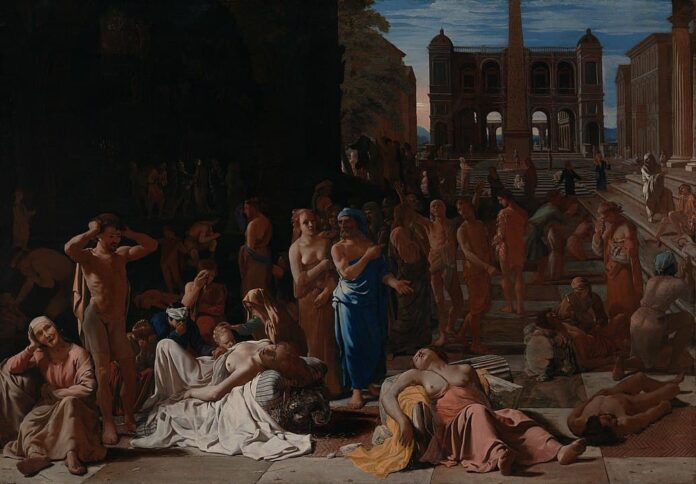
When: 430 – 427 BCE
People Killed: 250,000 – 300,000
In the second year of the Peloponnesian War in 430 BCE, there was an outbreak of plague erupted in Athens. According to various scholars, the epidemic killed up to one-third of the population of people in the city. By most accounts, it was the most lethal episode of illness in the period of Classical Greece history. That is why the plague of Athens is also among the worst epidemics and plagues in history.
Thucydides, the historian of Greece, paused his narrative of the war to provide an extremely detailed of the plague instead. He too was; unfortunately, struck by the disease; but he survived. According to him, there is a disease coming from Ethiopia and passing through Egypt and Libya into the Green world. A plague so severe and deadly that no one could recall anywhere it was like, and the physicians were helpless. He quoted the symptoms of the disease:
“Violent heats in the head; redness and inflammation of the eyes; throat and tongue quickly suffused with blood. Breath became unnatural and fetid; sneezing and hoarseness; violent cough, vomiting; retching; violent convulsions. The body externally is not so hot to the touch; nor yet pale; a livid color inkling to red; breaking out in pustules and ulcers. (2.49 – 2.50)
Symtoms
Thucydides also described the patients whose fever was so intense that they preferred to be naked than wearing any clothing. Some even preferred to be submerged in cold water, and the ills were tormented by an unceasing thirst. Many of them found it difficult to sleep, and many died within 7 to 9 days from the onset of symptoms.
However, the outbreak in Athens remains a mystery because there was no clear proof of what caused the plague. Different scholars and scientists suggested many possibilities as such Ebola, typhoid, smallpox, measles, bubonic plague, cholera, and many more. After 2000 years, a recent discovery from the uncovering of the mass graves suggested typhoid fever as the cause. In contrast, other scientists argued that it was faulty. At the end of the day, none of us knows what caused this plague.
3The Plague of Justinian
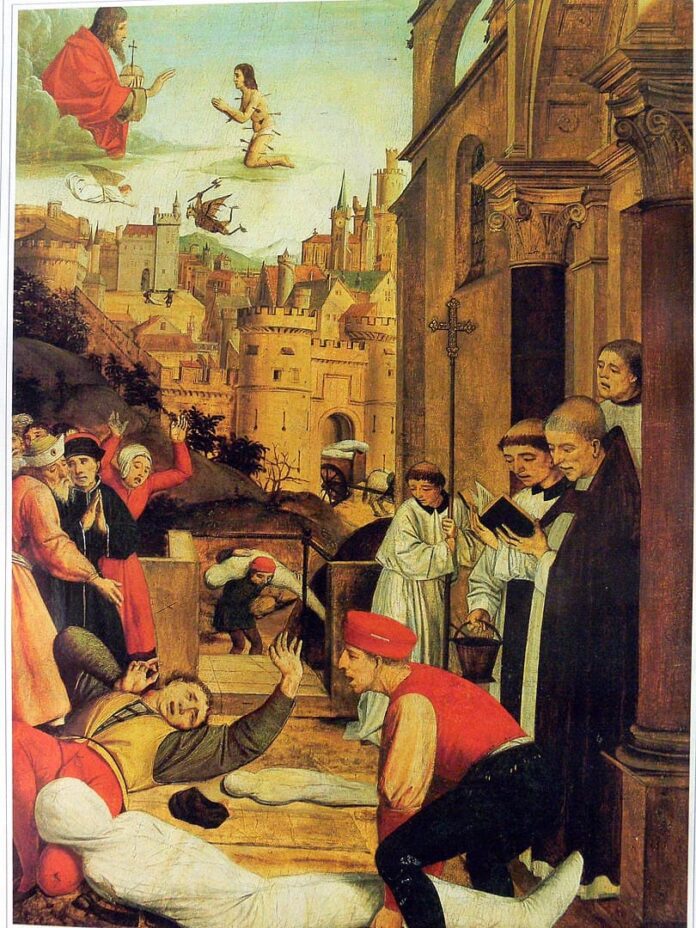
When: 541 – 542
People Killed: 30 – 50 million
It is called the plague of Justinian because this outbreak took place during the reign of Emperor Justinian I. Just as the emperor was trying to rebuild his empire to the glory of ancient Rome, the plague struck. This plague destroyed his military and his economy, even worse, Emperor Justinian was also infected with the plague. Yet unlike his people, he pulled through and survived.
It was the first major plague in recorded history, and it swept across three continents. There are different sources of where the plague may have started – Egypt, China, Africa, etc. The plague was believed to have spread to Europe through merchant ships that carried the infected rodents and fleas. The symptoms would start off with just a mild fever which seemed like it was nothing to worry about.
After a few days, swellings would start to form followed by black blisters filled with pus. At this point, the victims would sometimes fall into a deep coma and pass away. Some less fortunate victims would become delirious and paranoid which is an even worse thing to occur. The latter were often suicidal and extremely difficult to care for. Owing to its fast spread and death, the plague caused nearly 10,000 deaths per day afflicting Constantinople.
People died so many that unburied bodies were eventually stacked inside buildings or left in the open. Even if the plague subsided where it began, it continued to reappear in Europe, Africa, and Asia for several years. That caused widespread famine and devastation which killed at least 25 million people or even much higher. The last occurrence of this plague was in the year 750 before it appeared again known as the Black Death.
4The Black Death
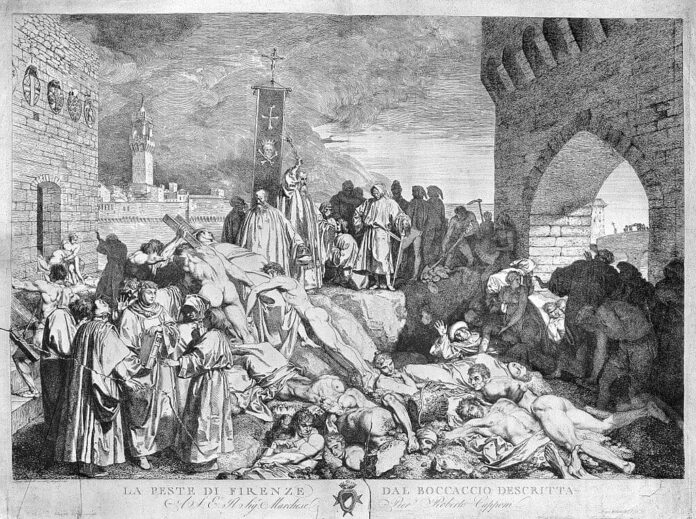
When: 1347 – 1351
People Killed: 75 – 200 million
This plague was nowhere different from the plague of Justinian, the causes were the same bacteria. Also known as the Great Plague, the Black Death was one of the most destructive pandemics in history. As a matter of fact, it killed about 60% of Europe’s entire population in the 14th century in just a few months. The populations were wiped out, and the living spent most of their time burying the dead in mass graves. When we talk about the worst epidemics and plagues, the Black Death can never go off the list.
The scary part was that those hungry rats turn on humans by biting them. From the bite site, the contagion drains to a lymph node that consequently swells to form a painful bubo. It was most often in the groin, on the thigh, in an armpit, or on the neck. The infection takes a couple of days to incubate in people before they fall ill and die in less than a week later. This plague may have reduced the world population from an estimated 450 million to 350 – 375 million in the 14th century.
5The Italian Plague
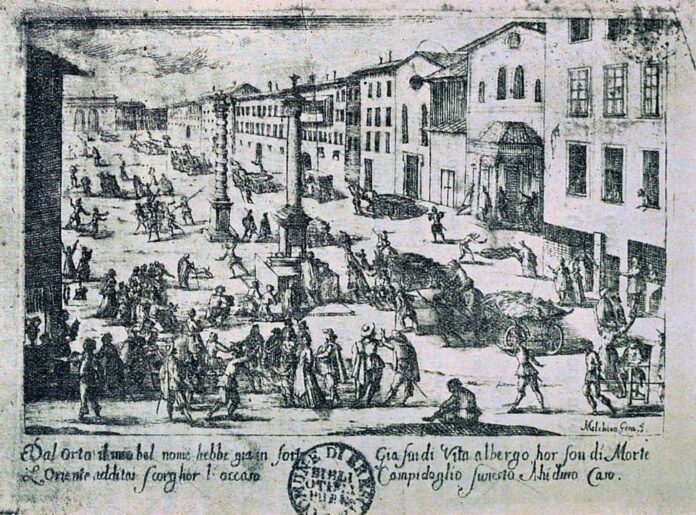
When: 1629 – 1631
People Killed: 1 million
As people thought they were safe after the catastrophic Black Death had ended, the worst was yet to come. The bubonic plague continued to travel in Europe for several centuries and took millions more lives. Also known as the Great Plague of Milan, it was one of the later outbreaks of the pandemic that began with the Black Death. Occurred in northern Italy, it claimed as many as 280,000 lives in the cities of Lombardy and Venice.
Such a calamitous outbreak began when the German and French troops carried the plague to the city of Mantua in 1629. The Venetian troops were infected with the disease, and the plague made its way across the countryside via the troops. Then it continued to spread and strike the major cities of Verona, Milan, Venice, and Florence before reaching Naples, Rome, and Genoa.
In some cities, the city authorities ordered the sick to not leave their houses while burning their clothes and possessions. Doing so was to prevent the spread of infection, but the plague was too widespread at that time. So the Venetians began to banish some of their plague victims to two islands in a nearby lagoon. It was harsh, and it helped contain the scourge a little. Still, the plague killed about 280,000 people including over half of the residents in Verona.
6The Great Plague of London
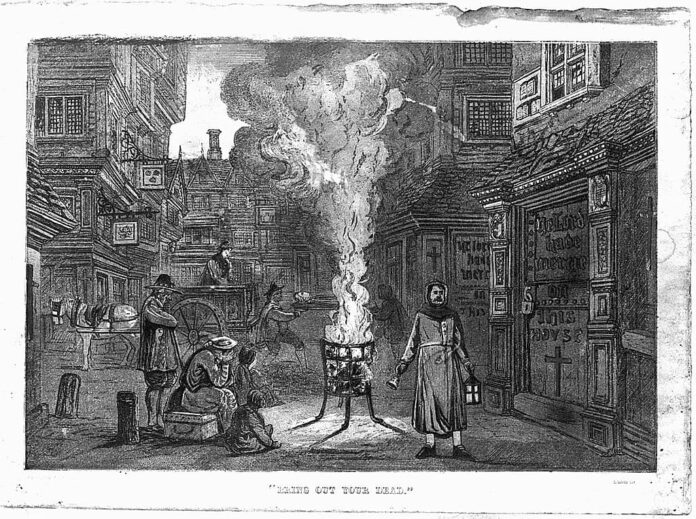
When: 1665 – 1666
People Killed: 75,000 – 200,000
Lasted for just a year, the Great Plague of London is also among the worst epidemics and plagues in history as well. This plaid laid siege to the heart of Britain several times, especially between 1665 and 1666. At its peak, around 8,000 people were dying each week mainly the poor were the main victims. In total, it killed around 100,000 people which equals almost a quarter of London’s population in just 18 months.
As the sickness continued to spread, London’s authorities tried to contain the infected by quarantining them in their homes. The houses that were marked with red crosses contained the victims of the plague. There was also quarantining of ships as well, but things didn’t get any better. Until February 1666, the death toll in London and the suburbs began to fade. Yet later that same year, the second major tragedy aka the Great Fire torched the center.
Well, some people believed that the Great Fire of London that destroyed much of the city put an end to the epidemic. Despite the fact that the plague had largely subdued before the fire, it felt more like the fire was the closure. This Great Plague was the last major outbreak of bubonic plague in Great Britain. It took the country over 10 years to rebuild the city after the plague and the fire.
7The Great Plague of Marseille
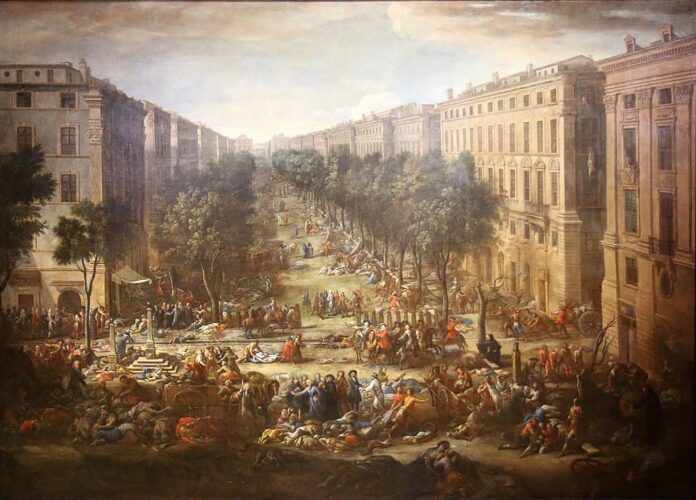
When: 1720 – 1722
People Killed: 100,000
Among the significant European outbreaks of bubonic plague, the Great Plague of Marseille was the last. Arrived in Marseille the city of France in 1720, the plague killed a total of 100,000 people. Half of which was in the city, while the half were the people of the North in surrounding provinces and towns. The good thing was that Marseille recovered quickly from the plague outbreak despite a large number of deaths.
Back then, the disease arrived on a merchant ship known as the Grand Saint Antonine. The ship had picked up infected passengers during a journey to the Middle East. So the vessel was quarantined, but its owner, who also happened to be Marseille’s deputy mayor, convinced health officials to let him unload the cargo. Little did they know that the cargo contained plague-carrying rat fleas that soon spread across the city.
It took only a few days for the disease to break out in the city. Hospitals were quickly overwhelmed, and the residents panicked, driving the sick from their homes and out of the city. People died every day, and the piles of bodies on the street grew so large that convicts were conscripted to dispose of them. The nearby Provence even built Plague Walls with the purpose of containing the infection. Yet still, it still spilled over into the southern part of France before it finally disappeared in 1722.
8The Third Plague Pandemic
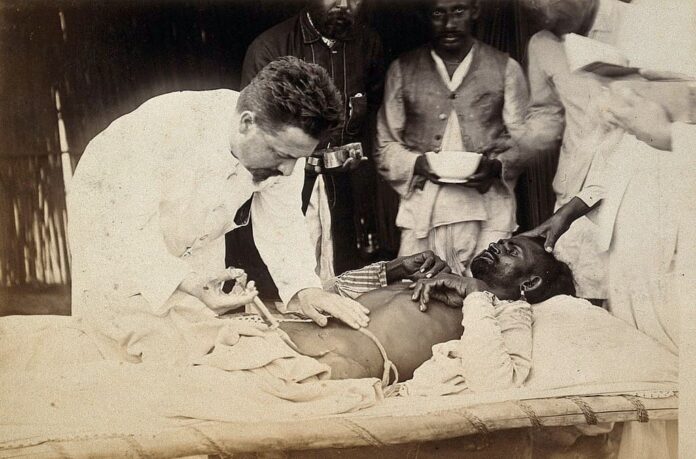
When: 1855 – the 1950s
People Killed: 12 – 15 million
The Third Plague Pandemic aka the Modern Plague, was the third major plague besides the Justinian Plague and the Black Death. The plague erupted in 1855 in the Chinese province of Yunnan, and the disease traversed the globe for several decades. The worse part was the infected rats traveling on steamships had carried the diseases to all six inhabited continents. Over a period of a century, the plague took as many as 15 million lives before dying out in the 1950s.
Most of the devastation took place in China and India, and about 10 million were killed in India alone. The disease scattered across so many parts of the world it led to several breakthroughs in doctors’ understanding of bubonic plague. The rat-associated plague was soon brought under control in most urban areas, but the infection began to spread to ground squirrels and other small mammals. The new disease carriers have brought the plague to become endemic in many rural areas in the Americas, Africa, and Asia.
Finally, scientists have found out that it was a bacterial disease that can be treated with antibiotics. The plague can be prevented from spreading by prompt identification, treatment, and management of human cases. Took a long while to find out such simple solutions, didn’t it? No offense. At the same time, the applications of effective insecticides to control the flea vectors also provide assistance in controlling the plague as well. That was the end of the major plagues, hopefully, it won’t occur again.
Related Post: Strangest Medical Conditions




